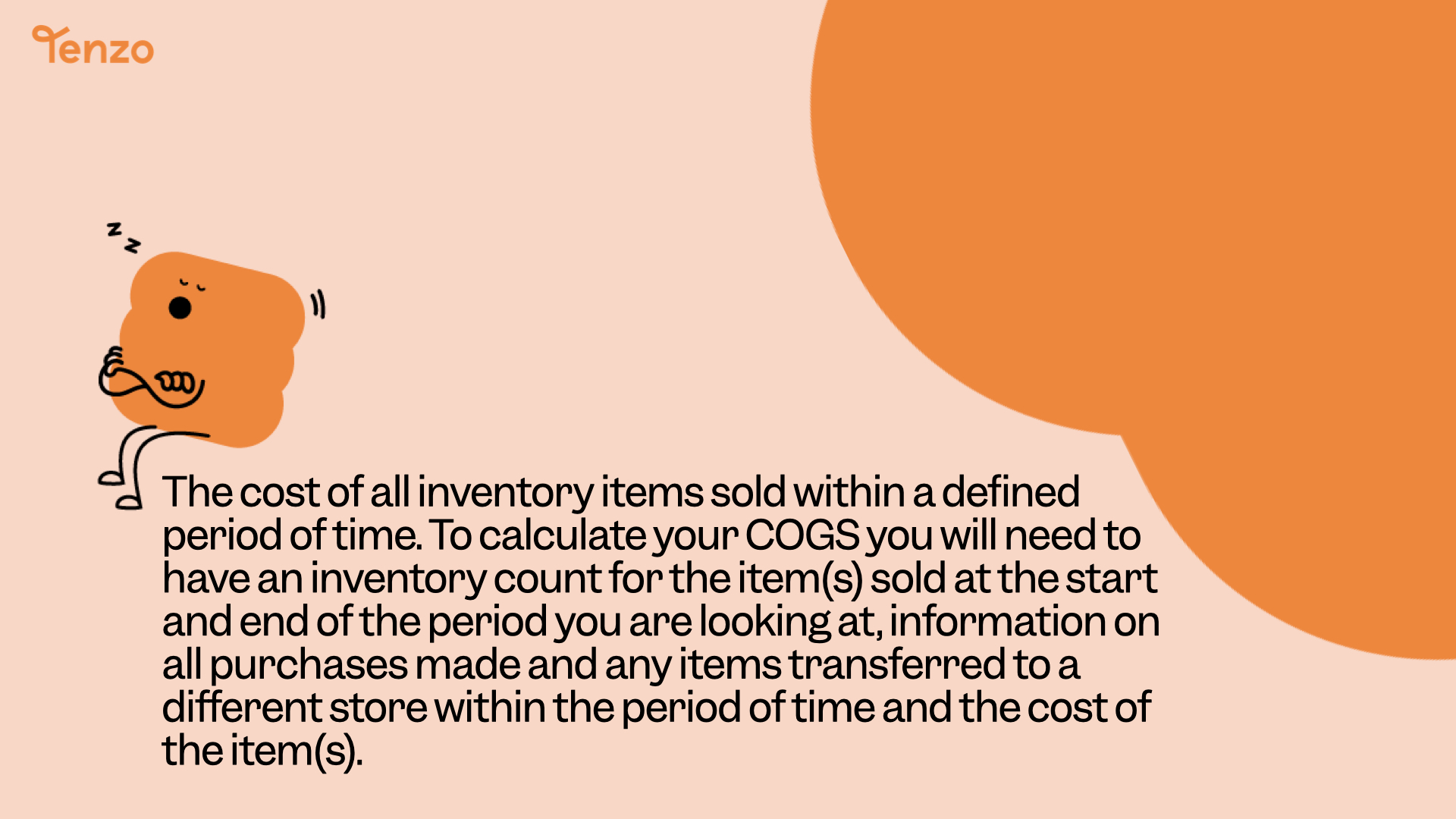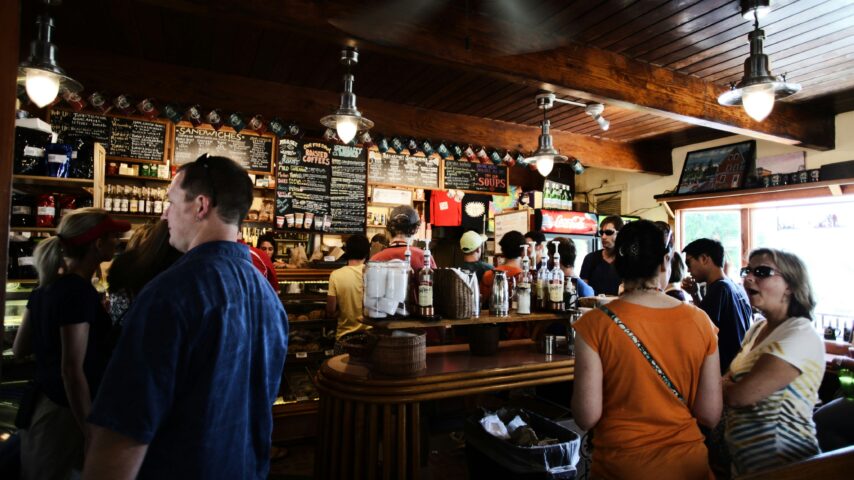Cost of Goods Sold; What This Means For Restaurants
In this article, we will explore the concept of Cost of Goods Sold (COGS) and how it must be closely monitored to ensure a high-performing restaurant. We will also look at how the cost of goods sold can be closely controlled and improved to boost profit margins.
To ensure your restaurant’s success and profitability, it is crucial to control costs.
What is Cost of Goods Sold (COGS)
Cost of Goods Sold (COGS) refers to the direct costs incurred by a restaurant to produce the food and beverages it sells. The cost of goods sold includes the cost of ingredients, such as meat, vegetables, and spices, as well as any packaging or containers used.
Cost of Goods Sold is an important metric for restaurants as it directly affects their profitability, it is one of the most important metrics to measure. It is essentially the cost incurred for a restaurant to produce any given menu item.
As a general rule, the cost of goods sold should be about 30% of your restaurant’s gross revenue, however, this depends on the type of restaurant. For more high-end fine dining restaurants, generally, the cost of goods sold aims to be at about 20%; due to more expensive supplies and ingredients.
Calculating Methods for COGS (Cost of Goods Sold)
The cost of goods sold formula is;
Cost of Goods Sold = (Opening Inventory Count quantity + Purchases quantity + Transfers In quantity – Transfers Out quantity – Closing Inventory Count quantity ) x item cost
In order to calculate the cost of goods sold you first need to have an understanding of your inventory count at the start of the day, the end of the period being looked at, any inventory that might have been transferred to different locations, information on any purchases made, and the cost of items.
It is also possible to calculate the theoretical or actual cost of goods sold. This can be done by changing inventory counts to be theoretical or actual.
To gain visibility into restaurant performance and control costs, many restaurants are turning to automated reporting tools and inventory management software. These tools can provide real-time data on inventory levels, sales, and cost of goods sold, allowing restaurant owners and managers to make more informed decisions. By having accurate and up-to-date information, restaurants can identify areas of improvement and take action to optimise their cost of goods sold; and better understand their expenses.
COGS (Cost Of Goods Sold) and Profitability
The cost of goods sold has a direct impact on the profitability of a restaurant. When the cost of goods sold is high, it means that a larger portion of the revenue generated by the restaurant is being used to cover the direct costs of producing the food and beverages. This lowers the profit margins and the performance of the restaurant.
There are strategies restaurants can use to boost their performance by lowering their COGS (cost of goods sold);
- Monitoring the cost of goods sold in real time is essential. It’s important that any wrong order, or mistake, is picked up quickly so it can be rectified. This also helps to keep an eye on price changes so recipe adjustments can be made accordingly.
- Making actionable changes to operations to reduce food waste. Try using menu items that all use different parts of the same ingredient to maximise usage and bulk buying.
- Regularly compare suppliers to ensure you’re getting the best deals – bulk buying also helps to guarantee this!
Conclusion
In conclusion, controlling costs is crucial for restaurant operators. It is important to understand and calculate the Cost of Goods Sold (COGS) accurately in order to manage profitability effectively. By monitoring and reducing the cost of goods sold, restaurant owners can improve their bottom line and ensure long-term success.
It’s important for restaurants to create the right balance between boosting their gross profit margins through reducing the cost of goods sold. Making too many cuts to the cost of goods sold can cause poor relationships with customers that will result in a drop in sales.




